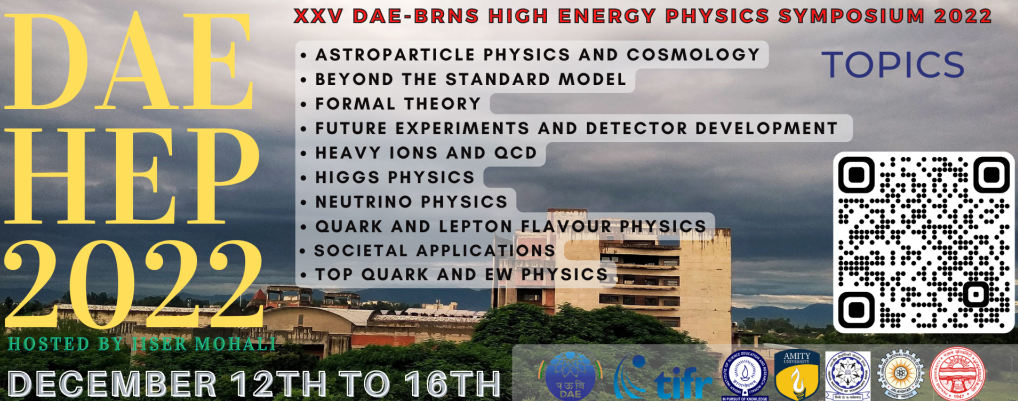Speaker
Description
The information about Earth's internal structure comes from indirect probes such as seismic studies and gravitational measurements. The density distribution inside the Earth, incorporated in the Preliminary Reference Earth Model (PREM), is estimated from the model-dependent empirical relations having assumptions based on the Earth's temperature, pressure, composition, and elastic properties, which give rise to uncertainties in the PREM profile. Atmospheric neutrinos using weak interactions provide a unique avenue to explore Earth's internal structure, which are complementary to seismic studies and gravitational measurements based on electromagnetic and gravitational interactions, respectively. These complementary approaches would pave the way for "multi-messenger tomography of Earth". Atmospheric neutrinos offer the possibility of validating the Earth's core, measuring the location of the Core-Mantle Boundary (CMB), and probing dark matter inside the core in a unique way through Earth matter effects in neutrino oscillations. We explore these possibilities using a proposed Iron Calorimeter (ICAL) detector at the India-based Neutrino Observatory (INO). With 500 kt$\cdot$yr exposure, we show that the presence of Earth’s core can be independently confirmed at ICAL with a median $\Delta \chi^2$ of 7.45 (4.83), assuming normal (inverted) mass ordering. We demonstrate that the ICAL detector with 1000 kt$\cdot$yr exposure would be able to locate the CMB with a precision of about $\pm$250 km at 1$\sigma$ confidence level. We find that for all these Earth's matter-driven measurements, the CID capability of the ICAL detector is crucial.
| Session | Neutrino Physics |
|---|
